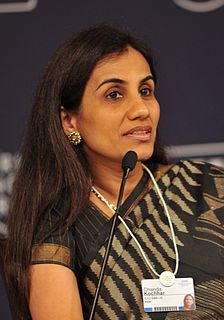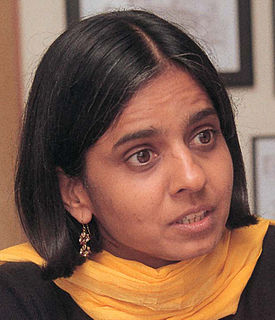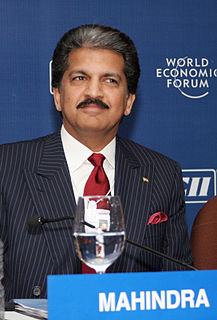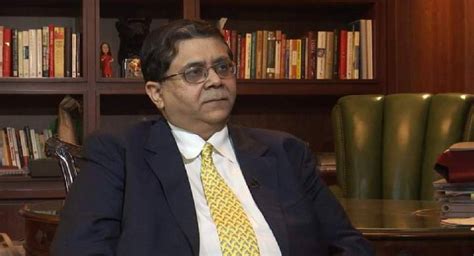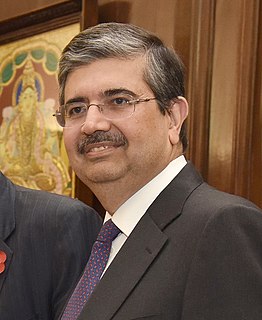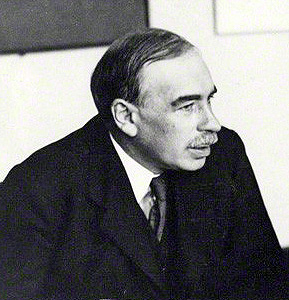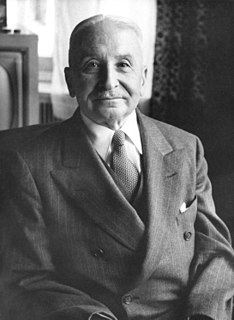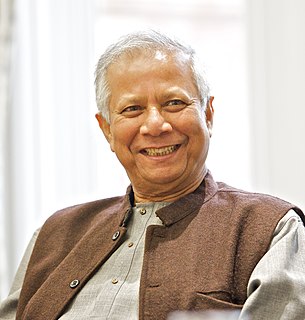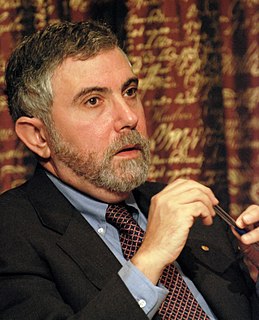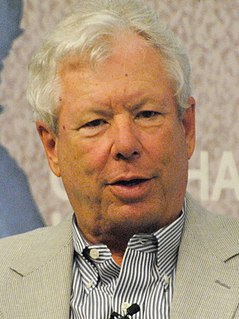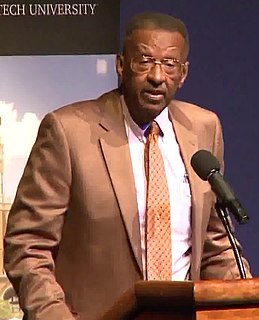A Quote by Jerry A. Webman
So much of what happened to India late last year and early into 2011 is the same story we've seen with other big emerging markets, and that is that investors started to realize that the growth trajectory in India would have to get moderated by tightening policy.
Related Quotes
There are really at least two Indias, there is an India or a shining India the one which the west seas usually through urbanize and there is an India outside some of the big metro policies and in even the tier two cities and in rural India which is completely different. It goes by the name of Bahar which is a traditional name for India.
For in Asia and around the world, India is not simply emerging; India has already emerged. And it is my firm belief that the relationship between the United States and India - bound by our shared interests and values - will be one of the defining partnerships of the 21st century. This is the partnership I have come here to build. This is the vision that our nations can realise together.


